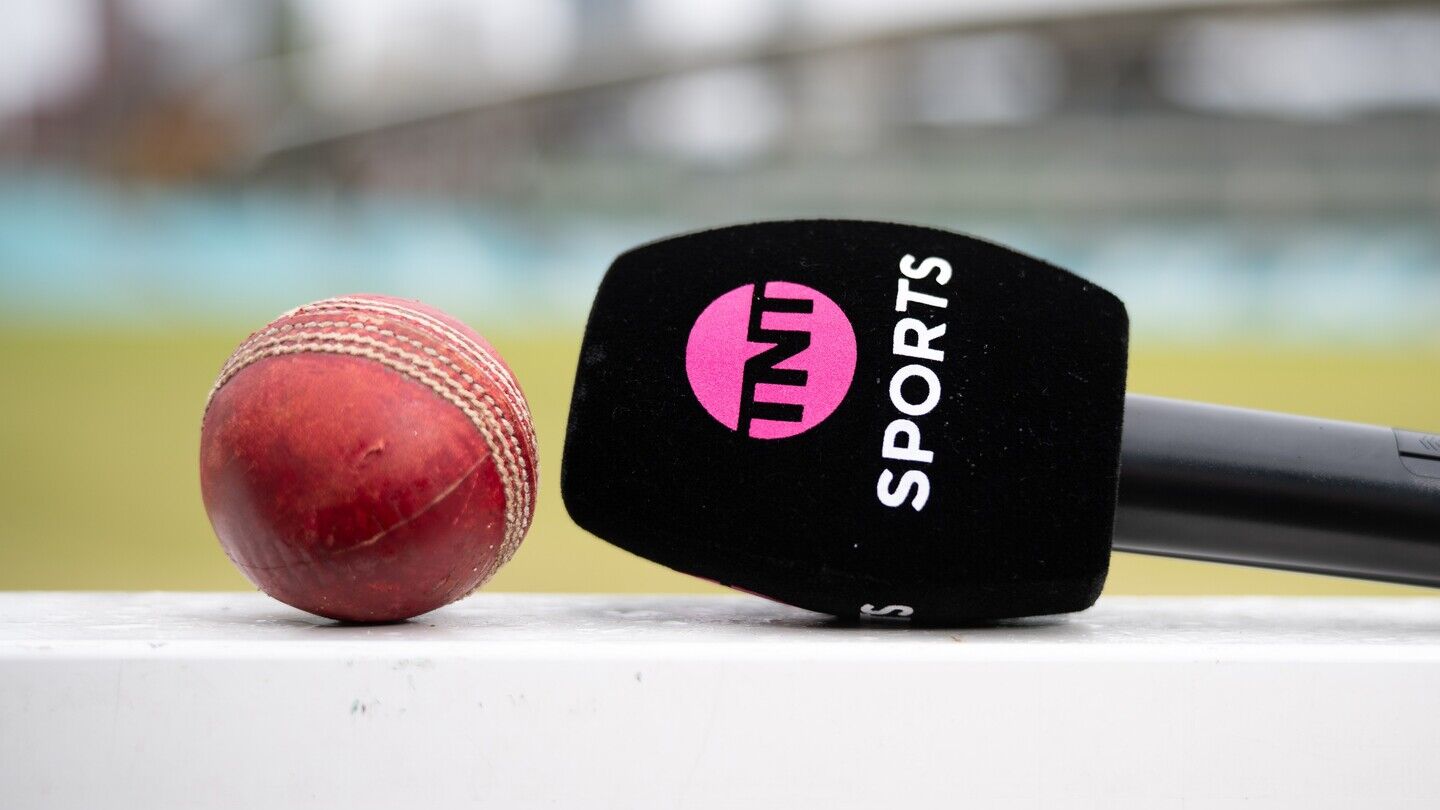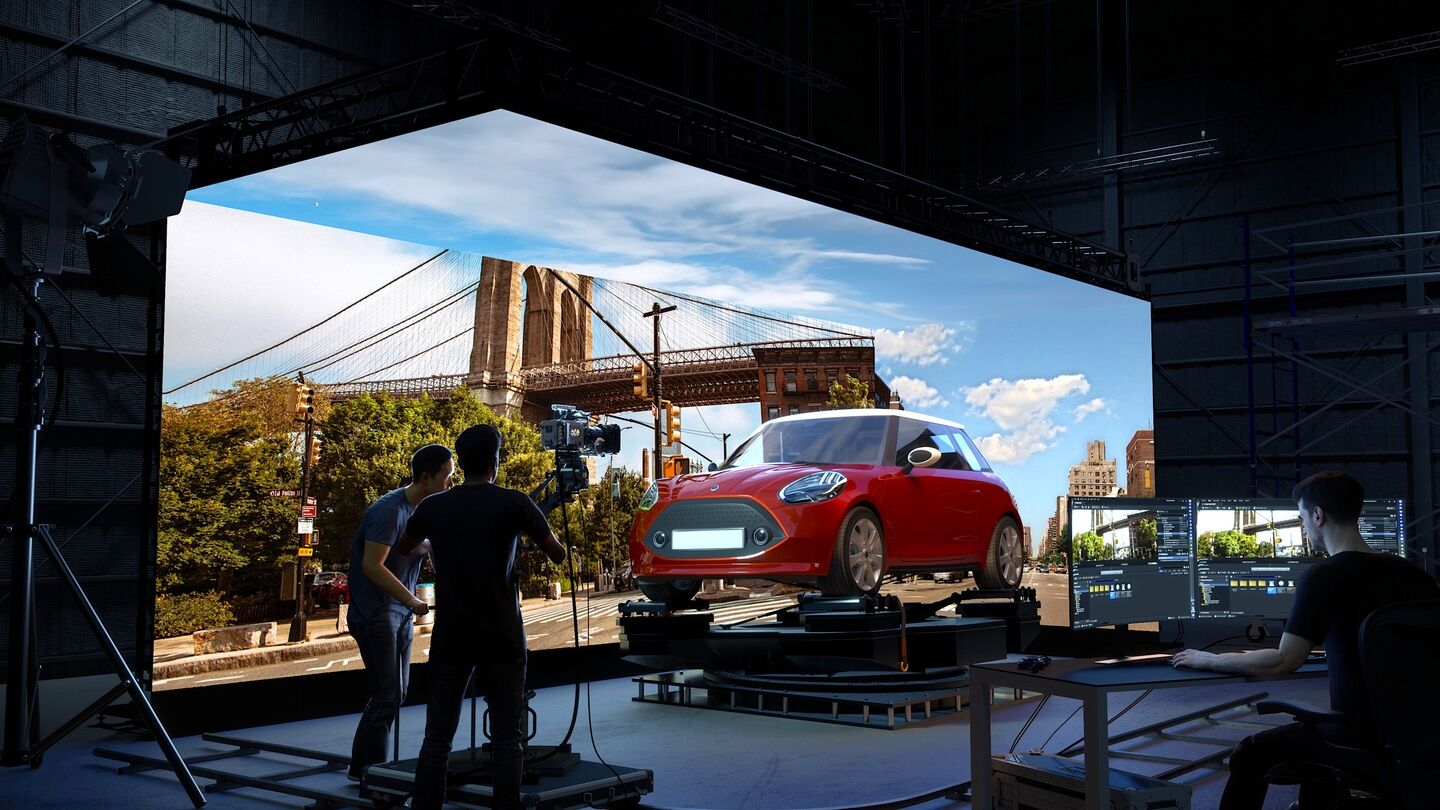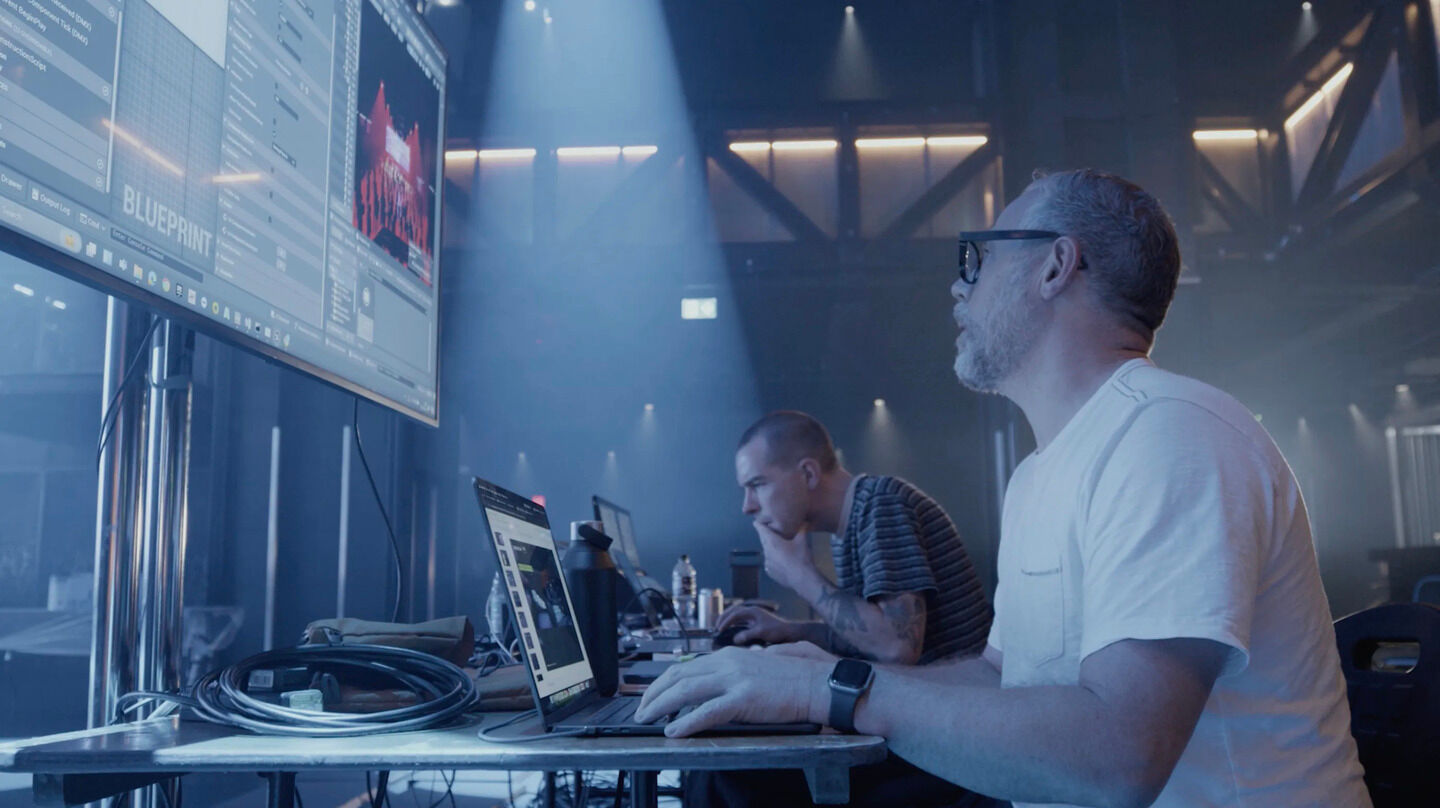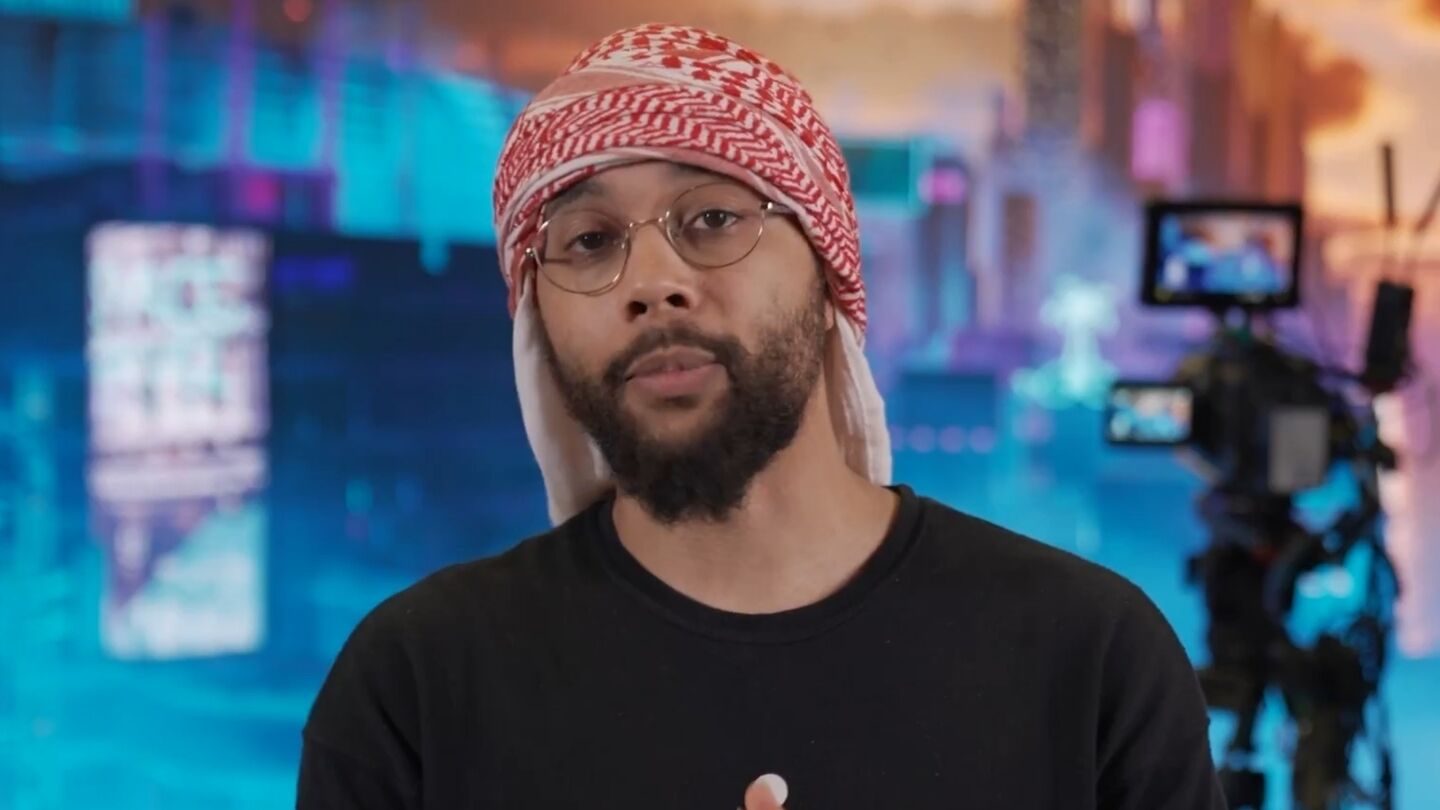For a machine-tooled $290 million stunt-fuelled blockbuster it comes as a surprise to learn that the latest Mission: Impossible instalment was made with improvisation and experimentation at its core, reports Adrian Pennington.
Director Christopher McQuarrie may not quite be working with improv to the degree of a Shane Meadows or Mike Leigh but there are similarities to their indie drama in his method.
“No-one gets a script,” said the film’s editor Eddie Hamilton ACE, who cut the last two MI films, Rogue Nation and Fallout, as well as Top Gun: Maverick). “Instead, every head of department gets a sense of the type of sequences that are going to happen.
“Chris [aka McQ] and Tom have been having creative discussions for a decade about things they would like to see in the next MI movie. They will build the story around...
You are not signed in
Only registered users can read the rest of this article.

Behind the scenes: The Running Man
Scenes structured like Russian nesting dolls present Editor Paul Machliss with a challenge in completing this deadly reality TV show.

TNT Sports and The Ashes: “We need to be at the heart of the story”
TNT Sports takes a hybrid approach as England’s cricket team heads down under with a sporting chance of returning with a little urn. Adrian Pennington reports.

Behind the scenes: Frankenstein
Cinematographer Dan Laustsen tells IBC365 why he and Guillermo del Toro turned the classic nightmare, Frankenstein, into a love story of ice and warmth between father and son.
Behind the scenes: Good Boy
From casting his own dog as the lead to shooting at a dog’s eye level, first-time Feature Director Ben Leonberg has perfected a filmmaking process built entirely around a pet. The result? Critical acclaim and a viral smash for horror season.

Behind the scenes: A House of Dynamite
Filmmaker Barry Ackroyd reveals how his camera work takes audiences inside the command bunker and gives them no control over the final countdown to nuclear Armageddon.

.jpg)


